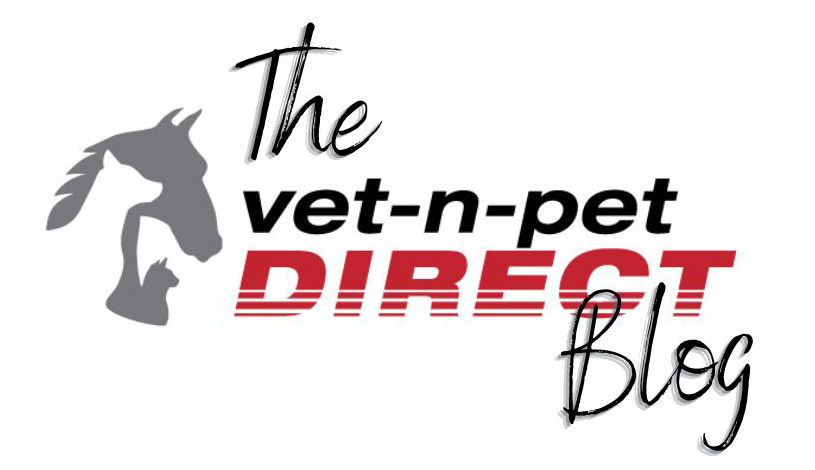 In the suburbs surrounding me there has been a number of reports of dog’s being baited, both in their own yards, out on walks and at dog parks. It seems that this is occurring all around the country for no reason other than to create fear and upset to owners and illness and death to animals. It is disgusting, horrifying and outrageous that any human being would want to inflict pain and potentially kill an innocent animal.
In the suburbs surrounding me there has been a number of reports of dog’s being baited, both in their own yards, out on walks and at dog parks. It seems that this is occurring all around the country for no reason other than to create fear and upset to owners and illness and death to animals. It is disgusting, horrifying and outrageous that any human being would want to inflict pain and potentially kill an innocent animal.
Baits have been discovered wrapped up in pieces of meat or mince, in lollies and other food items. The food is being used to disguise the smell and the colour of the bait; snail bait and rat baits are typically coloured blue, red or green. Baits and baited food have been found thrown over people’s fences, in yards, on the street and in dog parks. If you have a dog (like mine) that will instinctively engulf any potential food source they will eat the food not knowing that bait is inside and chances are you may not even realise they have eaten anything.
There are four different active ingredients that can be found in rat bait and a different ingredient in snail bait, all are poisonous to animals when ingested. The most common rat and mouse baits are an anticoagulant which means it stops the animals blood from clotting properly. Other rat baits will affect the nervous system and kidneys, whereas snail baits primarily affect the nervous system.
As you will typically not know the type of bait ingested (unless the pet has accidentally ingested baits you have put out) you need to know all the signs so that you can act fast. Signs and symptoms of possible rat bait or snail bait poisoning include;
– lethargy/weakness
– difficulty breathing
– pale or bleeding gums
– coughing (may contain blood)
– vomiting (may contain blood)
– bloody nose
– bruising or lumps under the skin (haematomas)
– muscle tremors or convulsions
– ataxia (wobbly)
– increased or decreased urination
– excessive drooling
– excessive panting
– bloat
If you ever see any of the above signs in your pet please contact your veterinarian immediately. Do not hesitate, your dog will require veterinary treatment and the sooner treatment is started the fastest the recovery and the better the outcome. Treatment will vary depending on the type of bait ingested, which the vet will usually determine through examination of symptoms and blood tests. Treatment may include inducing vomiting, fluid therapy, vitamin K supplements, blood transfusions, plasma transfusions, oxygen, anti-seizure therapy and other supportive care. Hospitalisation will be required for a number of days depending on the level of poisoning and damage done.
Other precautionary steps to take to help keep your pets safe include
– Checking your yard at least daily or as often as possible for any foreign food items or objects.
– Keep an eye out for any strange behaviour in the area and notify police if concerned.
– When out with your dog keep them on a lead and try to watch them as they are sniffing around and obviously stop them from eating anything.
– At dog parks, where possible, walk the entire area checking for any food items.
With these senseless baiting acts taking place and seemingly on the rise (or at least reported more) we as dog owners need to be vigilant to keep our dog’s safe. If you ever have any concerns about your pet’s health or think there is a possibility they have ingested a bait please contact your veterinarian immediately.
Until next time,
Bec

Hi, last night my dog found a steak in the yard. She walks the fence line every night and I know it wasn’t there the night before. It had been covered with a little dirt as she scrapped it twice with her paws and she had it in her mouth. I was able to get her to drop it before she ate any, but have kept a check on her all night. What I was wondering is where I could take this piece of meat to see if it was baited? I live in the Bendigo, Victoria area. Thanking you in advance.
Hi Yvette,
I am so glad that you found the meat before your dog was able to eat it. It is such a terrible thing this dog baiting that continues to go on. People (often neighbours) do sometimes innocently feed other peoples dogs meat, and I hope this is one of those cases, although it shouldn’t happen at all. I am not sure of anywhere that will test the meat for you but you could contact your local vet or even the council and report it in case there are other cases. Most of the baits are coloured blue, green or red and usually a pellet type form, so perhaps if you check the meat for anything that looks unusual to see what you can find. I really hope this was an innocent case and not a baiting case but continue to diligently check your yard to try and keep your dog safe.
Fingers crossed you have no more issues.
🙂
Bec
Thanks for info Bec. There is one other thing you have to watch for – crows often carry food they have picked up elsewhere and drop it in another place. We have had bread rolls and bits of chicken/bbq chop bones etc dropped into a birdbath – and the crows come back later to collect (must be like dunking bikkies!!) So the poisoned stuff may not necessarily have been thrown where our dogs find it.
Regards
Jean
Hi Jean,
That is a very good point and thank you for sharing with everyone! Birds and other animals could definitely move the baited food from area to area. Another reason to check your yard daily, if not more, for any random food scraps.
And yes birds do like to soften their food by dunking it, just like us with the tim tams in the coffee 🙂
Thanks for sharing
🙂 Bec
We have people throwing over breakfast cereal every day ,it smells of spicy food .Mongerls ,it landed in the bird bath today ,I checked the birds water twice and I quickly empty it .
Watch out I’m watching ,between 1 and 3 …
Forest Gardens..
Oh that’s terrible Brenda! It is a real shame that not everyone has respect for other people’s property and animals 🙁 The birds are very lucky that you care for them and provide clean drinking water.
Thanks for sharing
🙂 Bec